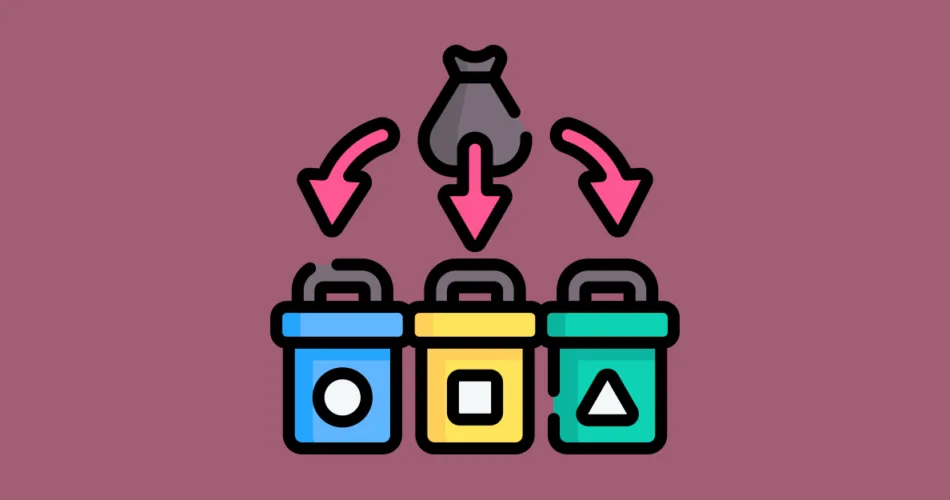Garbage collection is a critical aspect of memory management in Java. It helps developers avoid memory leaks and ensures efficient use of memory resources. In this article, we’ll delve into the basics of garbage collection in Java, exploring how it works, the different algorithms used, and best practices for managing memory effectively.
How Garbage Collection Works
Java uses an automatic garbage collector to reclaim memory from objects that are no longer in use. The process involves identifying and freeing memory occupied by objects that cannot be accessed anymore. The Java Virtual Machine (JVM) takes care of this process without developer intervention.
public class GarbageCollectionDemo {
public static void main(String[] args) {
GarbageCollectionDemo obj1 = new GarbageCollectionDemo();
GarbageCollectionDemo obj2 = new GarbageCollectionDemo();
obj1 = null; // obj1 is no longer reachable
System.gc(); // Explicitly request garbage collection
}
}
In this example, when the obj1 reference is set to null, the object it originally pointed to becomes unreachable and is a candidate for garbage collection. The System.gc() call suggests the JVM to perform garbage collection, although it’s important to note that the JVM can decide when to run the collector.
Garbage Collection Algorithms
Java employs different garbage collection algorithms to manage memory. The two primary algorithms are:
- Serial Garbage Collector: This algorithm uses a single thread to perform garbage collection. It’s suitable for single-threaded applications or small devices with limited memory.
- Parallel Garbage Collector: Also known as the throughput collector, it utilizes multiple threads for garbage collection, resulting in improved throughput for multi-threaded applications.
Additionally, Java offers advanced garbage collection algorithms such as the G1 Garbage Collector and Z Garbage Collector, which aim to provide better memory management and lower latency.
Best Practices for Garbage Collection
To optimize garbage collection and memory usage, consider the following best practices:
- Minimize Object Creation: Reuse objects whenever possible to reduce the frequency of garbage collection cycles.
- Use Local Variables: Prefer using local variables instead of creating unnecessary object references.
- Dispose of Large Objects: Explicitly nullify references to large objects when they are no longer needed.
- Avoid Premature Optimization: Let the garbage collector handle memory management; avoid micro-optimizations that can complicate your code.
Conclusion
Garbage collection is a fundamental concept in Java that ensures efficient memory management and prevents memory leaks. By understanding how garbage collection works, the available algorithms, and best practices for memory usage, developers can build applications that utilize memory effectively and deliver optimal performance.
Subscribe to our email newsletter to get the latest posts delivered right to your email.


Comments